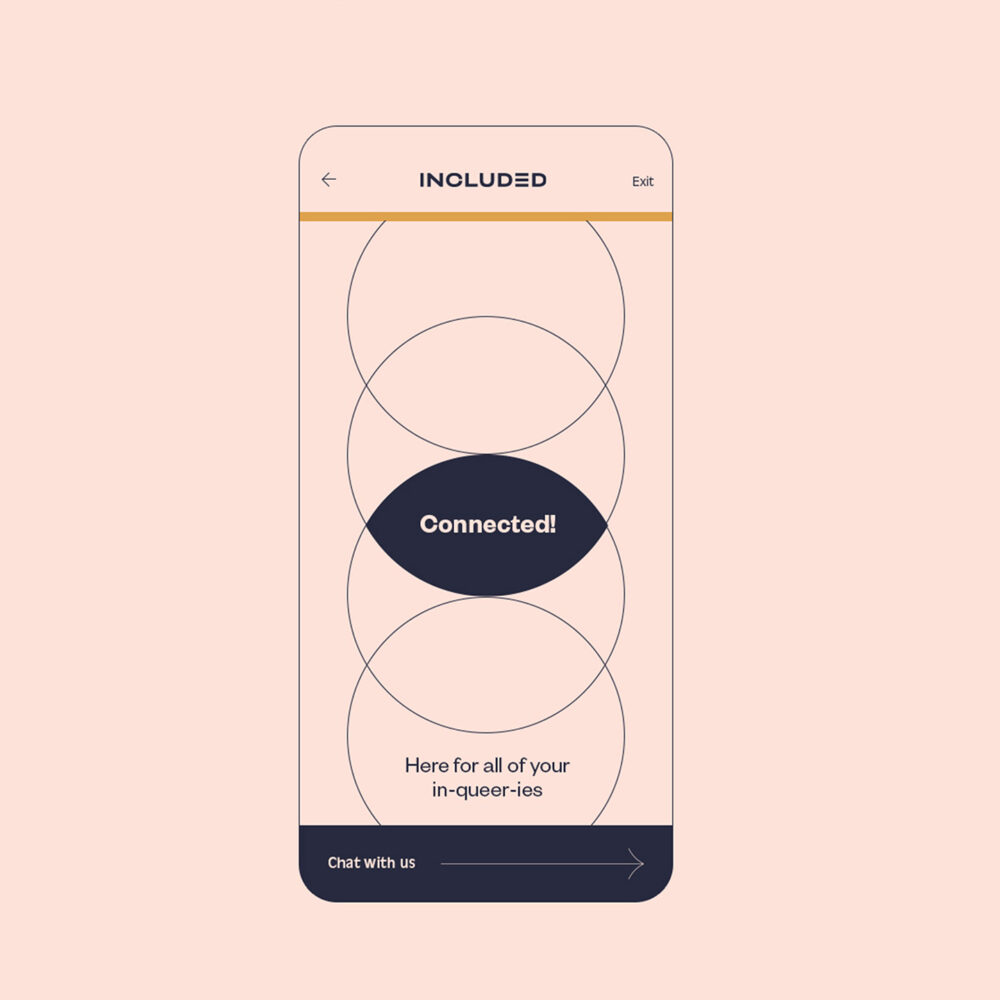With their explosive growth during the stay-at-home portions of the pandemic, direct-to-consumer (DTC) businesses are getting all the attention. But there’s another business model that’s quietly shaking up industries from healthcare to hospitality: B2B2C
The acronym is a mouthful, but the idea is pretty simple: a business that serves consumers, but does so through other businesses. Lots of successful tech startups follow this model: OpenTable, which helps diners reserve tables at popular restaurants, and Airbnb, which helps travelers book short-term stays at the homes of entrepreneurial homeowners, are two examples. In both of these cases, the B2B2C company is selling two different experiences to two different audiences: one to customers and one to businesses. And to succeed, both experiences must be exceptional.
So how do you build a B2B2C brand that appeals to everyone?
I. Know your audience(s)
The first step to building any B2B2C brand is understanding your audiences and the value you’re providing them. For restaurants, OpenTable streamlines reservations and fills tables that might otherwise sit empty. For consumers, OpenTable helps snag hard-to-get tables and earn loyalty perks. The restaurants value OpenTable’s efficiency and customer access, while diners value its flexibility and rewards. And the brand must reflect all of these attributes.
II. Focus on psychographics, not demographics
Much of marketing is built on personas. And personas start with demographic profiles: age, gender, household income, and more. But these categories are outdated and insufficient for building a brand. Instead, B2B2C brands must focus on psychographics—the attitudes and aspirations that drive their audiences.
Included Health, a recent client, provides a good example. A healthcare navigator for the LGBTQ+ community, Included Health is offered as a free benefit to employees through their employer. So while the ultimate buyer of the product is a company, the ultimate user is an individual who is seeking help navigating the healthcare system. The LGBTQ+ community is, of course, incredibly diverse and impossible to reduce to a single profile or experience. But what every member and every HR department shared was a desire for a supportive, high-quality healthcare experience.
III. Keep it simple
These business models are complex, but the feelings that drive consumers tend to be simple: hope, fear, trust, surprise, loneliness, anticipation. The Airbnb brand is built around the simple joy of discovery—travelers exploring new places and locals sharing their community with the world. It’s an idea that anyone who has taken a trip—or even longed to be welcomed in a new place—can relate to. At their heart, every great brand contains this kind of simple, universal human insight.
IV. Flex your presentation
While consistency is key, the best B2B2C brands know how to adapt the way they communicate with different audiences and in different contexts. This is because a good brand strategy and identity operates just like a person—moderating their messaging, tone and appearance to the expectations and customs of different contexts. This can mean a social media personality that is casual and accessible, a consumer brand with a more playful palette, or a business voice that prioritizes clarity over personality.
With a strong brand foundation, B2B2C companies can build strong relationships with their business customers and end consumers, and leave everyone feeling understood and valued for who they are.

